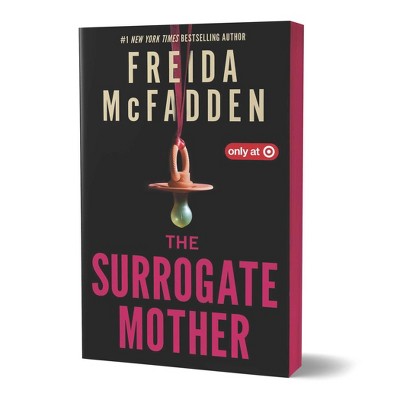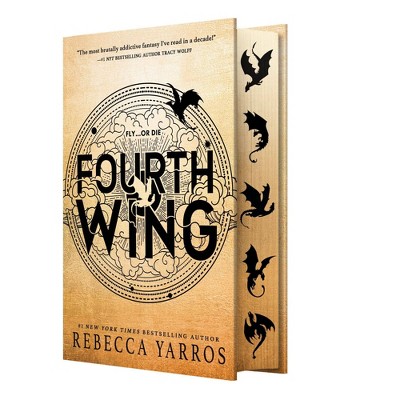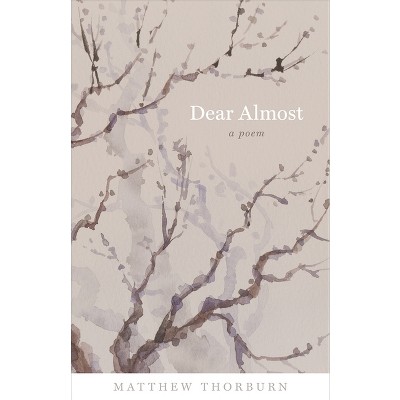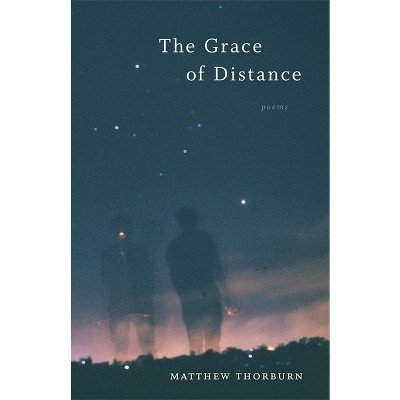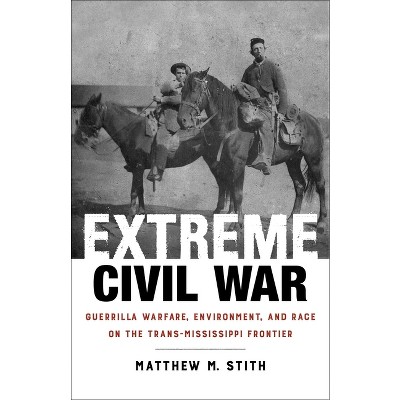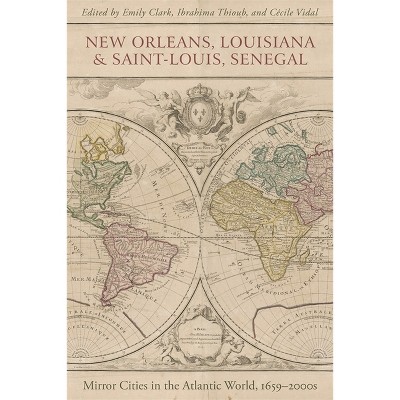Sponsored

From Paragraphs to Plots - by Matthew Clark
$32.00
In Stock
Eligible for registries and wish lists
Sponsored
About this item
Highlights
- The novel has often been characterized as the art form without a form.
- About the Author: Matthew Clark is professor emeritus and senior scholar at York University in Toronto.
- 228 Pages
- Literary Criticism, Books & Reading
Description
About the Book
"From Paragraphs to Plots continues the larger project that Matthew Clark began in How to Reread a Novel of examining the techniques through which novels are constructed using distinct forms of narration. That book treated two general topics: the narrative situation, defined as the interaction between authors and readers, and the stylistic texture of narratives. This follow-up volume considers larger compositional features, namely narrative structures, or architecture. The two books taken together provide an expansive account of narrative composition. In this volume, as in its companion, theory takes a backseat to practical analysis and interpretation. Clark begins by discussing the segmentation of narratives, from paragraphs up to whole novels, including case studies of the composition of Jane Austen's Emma and Virginia Woolf's Mrs. Dalloway. Chapter Two focuses on an important but neglected feature of narrative architecture, Ring Composition, a particular kind of repetition where the beginning and the end of a text, small or large, are the same or similar. Chapter Three presents a detailed analysis of two novels, Ford Maddox Ford's The Good Soldier and Joseph Heller's Catch-22, identifying the repetitions, inversions, links, and fragmented narration that comprise each narrative. In Chapter Four, Clark examines iterations of simple plot forms-plots that begin with a specific initiating event and proceed in an essentially regular chronological progression from beginning to middle to end. This chapter outlines a number of common beginnings (Arrival, Departure, Meeting, Need, Birth, Death) and endings (Departures, Returns, Marriages, Need Satisfied, Death), along with a short account of less common ways to begin a novel. Chapters Five and Six examine some devices used in complex plot forms, such as Beginning with the Ending, Second Chapter Retrospects, Ghosts from the Past, Multiple Retrospects, One-Day Novels, One-Year Novels, Mirror Plots, Simultaneous Narration, Unnatural Chronology, and Non-Narrative Elements. Chapter Seven draws together the preceding discussions with a detailed case study of a recent novel, Viet Thanh Nguyen's Pulitzer Prize-winning The Sympathizer. By analyzing common practices of narrative construction, From Paragraphs to Plots: Architecture of the Novel identifies and celebrates the sources of beauty and meaning in literature, approaching the aesthetic and the thematic as simultaneous and inextricable"--Book Synopsis
The novel has often been characterized as the art form without a form. Although there may not be any rules for how to write a novel, as Matthew Clark shows in his new work of practical analysis, a good novel is as carefully formed as a good poem.
From Paragraphs to Plots uncovers large compositional features of narrative construction, thereby excavating elements that constitute the architecture of the novel. Clark begins by discussing the segmentation of narratives, from the paragraph level up to the whole novel, with case studies of the composition of Jane Austen's Emma and Virginia Woolf's Mrs. Dalloway. The next chapter explores an important, though often neglected, feature of narrative architecture called ring composition: a particular kind of repetition where the beginning and the end of a text are the same or similar. From there, Clark analyzes in detail two novels, Ford Madox Ford's The Good Soldier and Joseph Heller's Catch-22, identifying the repetitions, inversions, links, and fragmented narrations that comprise each narrative. The book's second half focuses on simple and complex plot forms. Examining iterations of simple forms--plots that begin with a specific initiating event and proceed in an essentially regular chronological progression from beginning to middle to end--Clark outlines several common beginnings (Arrival, Departure, Meeting, Need, Birth, Death) and endings (Departures, Returns, Marriages, Need Satisfied, Death), along with a short account of less common ways to begin a novel. Subsequent discussions examine devices used in complex plot forms, such as Beginning with the Ending, Second Chapter Retrospects, Ghosts from the Past, Multiple Retrospects, One-Day Novels, One-Year Novels, Mirror Plots, Simultaneous Narration, Unnatural Chronology, and Non-Narrative Elements. The final chapter draws together the preceding discussions with a detailed case study of a recent novel, Viet Thanh Nguyen's Pulitzer Prize-winning The Sympathizer. By analyzing common practices of narrative construction, From Paragraphs to Plots identifies sources of beauty and meaning in literature, approaching the aesthetic and the thematic as simultaneous and inextricable.Review Quotes
"Clark's book is intended to discuss the methods writers have of taking their stories off course. They are fairly conventional methods, and Clark offers lots of good examples. . . . Clark's intelligent book is not primarily for creative writing students but for readers and, particularly, for critics. Recommended."--CHOICE
About the Author
Matthew Clark is professor emeritus and senior scholar at York University in Toronto. His previous books include How to Reread a Novel, Narrative Structures and the Language of the Self, and A Matter of Style: On Writing and TechniqueDimensions (Overall): 9.0 Inches (H) x 6.0 Inches (W) x .52 Inches (D)
Weight: .75 Pounds
Suggested Age: 22 Years and Up
Sub-Genre: Books & Reading
Genre: Literary Criticism
Number of Pages: 228
Publisher: LSU Press
Format: Paperback
Author: Matthew Clark
Language: English
Street Date: September 25, 2024
TCIN: 92262711
UPC: 9780807183328
Item Number (DPCI): 247-30-4788
Origin: Made in the USA or Imported
If the item details aren’t accurate or complete, we want to know about it.
Shipping details
Estimated ship dimensions: 0.52 inches length x 6 inches width x 9 inches height
Estimated ship weight: 0.75 pounds
We regret that this item cannot be shipped to PO Boxes.
This item cannot be shipped to the following locations: American Samoa (see also separate entry under AS), Guam (see also separate entry under GU), Northern Mariana Islands, Puerto Rico (see also separate entry under PR), United States Minor Outlying Islands, Virgin Islands, U.S., APO/FPO
Return details
This item can be returned to any Target store or Target.com.
This item must be returned within 90 days of the date it was purchased in store, shipped, delivered by a Shipt shopper, or made ready for pickup.
See the return policy for complete information.
Trending Poetry


$9.85 - $23.09
MSRP $15.99 - $32.99
4.8 out of 5 stars with 145 ratings
